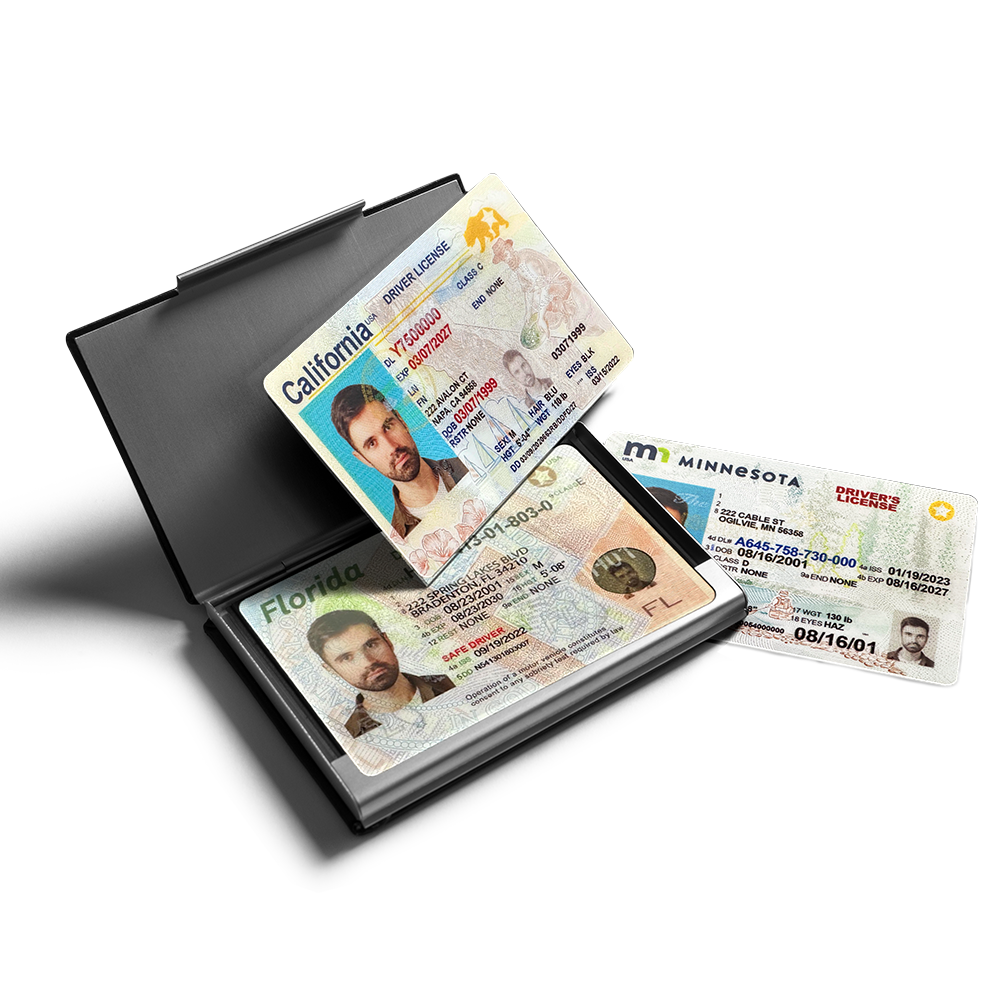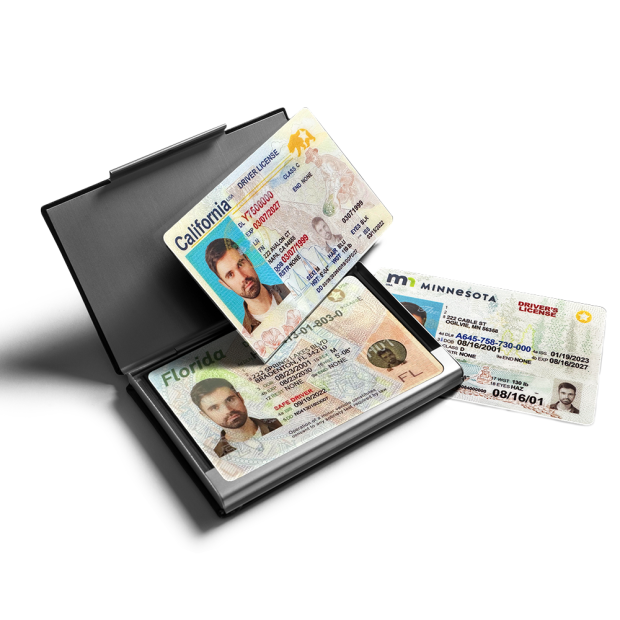Government-issued identification systems play a critical role in modern society, enabling access to essential services, travel, and secure transactions. Among these, Real ID—a federal standard established by the U.S. Department of Homeland Security—sets specific criteria for state-issued driver’s licenses and identification cards. Designed to enhance security and reduce fraud, Real ID compliance has become a cornerstone for accessing federal facilities, boarding domestic flights, and other secure activities. However, traditional methods of verifying Real ID compliance often involved manual checks, lengthy documentation reviews, and reliance on physical presence, creating inefficiencies for both individuals and agencies. Today, advancements in technology are reshaping how these verifications are conducted, prioritizing speed, accuracy, and user convenience.
Challenges in Traditional Verification Processes
Before delving into technological innovations, it’s essential to understand the limitations of older systems. Historically, verifying a Real ID required personnel to:
– Physically inspect the ID for security features (e.g., holograms, watermarks).
– Cross-reference personal details with paper or outdated digital records.
– Manually input data into systems, increasing the risk of human error.
These steps not only consumed time—often leading to long wait times at DMVs or checkpoints—but also left room for fraud. Forgers could replicate security features, and manual data entry sometimes resulted in mismatched records, delaying legitimate access.

Biometric Authentication: Redefining Speed and Accuracy
One of the most impactful technological shifts in Real ID verification is the adoption of biometric authentication. Unlike passwords or physical IDs, biometrics rely on unique physical or behavioral traits—such as facial structure, fingerprints, or voice patterns—to confirm identity. Here’s how this works in practice:
Facial Recognition
Modern facial recognition systems use algorithms to map key facial features (e.g., the distance between eyes, the shape of the jawline) into a digital template. When a user presents a Real ID, the system captures a live image, generates a new template, and compares it to the one stored during initial ID issuance. This process, which takes seconds, eliminates the need for manual photo matching and reduces the risk of accepting forged IDs with altered photos.
Fingerprint Scanning
Many states now integrate fingerprint scanning into Real ID application processes. During enrollment, a user’s fingerprints are scanned and stored in a secure database. At verification points (e.g., airports, federal buildings), a quick fingerprint scan matches the live input to the stored data, ensuring the person presenting the ID is the rightful owner. This method is highly effective against stolen or counterfeit IDs, as fingerprints cannot be easily replicated.

Digital Document Verification Tools
Beyond biometrics, tools for digital document verification are streamlining Real ID checks. These tools leverage optical character recognition (OCR), blockchain, and machine learning to automate and secure the process.
OCR and Data Extraction
OCR technology converts printed text on IDs into machine-readable data. When a Real ID is scanned, OCR extracts details like name, date of birth, and ID number, which are then automatically cross-referenced with government databases. This eliminates manual data entry, reduces errors, and speeds up verification from minutes to seconds. For example, a TSA agent at an airport can now scan a Real ID, and OCR will instantly pull up the traveler’s information for validation.
Blockchain for Tamper-Proof Records
Blockchain, a decentralized ledger technology, is increasingly used to store Real ID data. Each time a Real ID is issued or updated, the transaction is recorded in a blockchain, creating an immutable record. During verification, systems can check the blockchain to confirm the ID’s authenticity and ensure no alterations have been made. This prevents fraudsters from modifying IDs (e.g., changing expiration dates) and ensures trust in the verification process.
Integration with Existing Systems
Technology’s role in streamlining Real ID verification extends beyond standalone tools; it also involves integrating with existing infrastructure. Application programming interfaces (APIs) and cloud-based platforms allow different systems—such as DMV databases, airport security systems, and federal agency records—to communicate in real time. For instance, when a user applies for a Real ID, their information is stored in a cloud database accessible to authorized agencies. During a verification check, the system can instantly retrieve and validate this data without requiring physical ID presentation, simplifying processes for both users and staff.
Addressing Privacy and Security Concerns
While technology enhances efficiency, it also raises questions about data privacy. To address this, modern verification systems incorporate robust security measures:
– Encryption: Biometric data and personal information are encrypted during storage and transmission, preventing unauthorized access.
– Data Minimization: Systems only collect and store necessary information (e.g., facial templates, not full photos), reducing the risk of large-scale data breaches.
– Compliance with Regulations: Solutions adhere to laws like the Privacy Act and GDPR, ensuring transparency in how data is used and shared.
Common Problems in Real ID Verification and Technology-Driven Solutions
Despite progress, challenges persist. Below are five common issues and how technology is resolving them:
-
Problem: Lengthy In-Person Verification Processes
Traditional Real ID checks often required individuals to visit DMVs or agencies in person, leading to long wait times.
Solution: Mobile Verification Apps
New mobile apps allow users to submit Real ID documentation (e.g., proof of residency, birth certificate) digitally. These apps use OCR to scan documents and biometrics (e.g., facial scans) to verify identity remotely, reducing the need for in-person visits. For example, some states now offer “virtual DMV” services where users can complete Real ID verification from their phones. -
Problem: High Rates of Document Forgery
Fraudsters often create counterfeit Real IDs with fake security features, making manual checks unreliable.
Solution: AI-Driven Anomaly Detection
Machine learning algorithms analyze ID images to detect inconsistencies (e.g., mismatched font sizes, altered holograms) that are invisible to the human eye. These systems flag suspicious IDs for further review, significantly reducing forgery rates. -
Problem: Data Breaches in Verification Systems
Storing sensitive Real ID data in centralized databases makes it a target for hackers.
Solution: Decentralized Identity (DID) Platforms
DID platforms use blockchain and encryption to store data across multiple nodes, rather than a single server. This decentralized approach makes it nearly impossible for hackers to access or alter large amounts of data, enhancing security. -
Problem: Incompatibility with Legacy Infrastructure
Many agencies still use outdated systems that can’t integrate with modern verification tools.
Solution: API Middleware
API middleware acts as a bridge between old and new systems, enabling legacy databases to communicate with biometric scanners, OCR tools, and cloud platforms. This allows agencies to upgrade their verification processes without fully replacing existing infrastructure. -
Problem: User Distrust of New Technologies
Some individuals are hesitant to use biometrics or share digital data due to privacy concerns.
Solution: Transparent Data Usage Policies
Agencies now provide clear, user-friendly explanations of how biometric data is collected, stored, and used. For example, many systems allow users to review and delete their biometric templates, fostering trust and encouraging adoption.
As technology continues to evolve, the future of Real ID verification lies in even more seamless, secure, and user-centric solutions. By combining biometrics, digital document tools, and integrated systems, agencies are not only meeting federal security standards but also creating experiences that prioritize convenience and trust. For individuals, this means faster check-ins, reduced paperwork, and greater confidence in the integrity of their identification processes.



